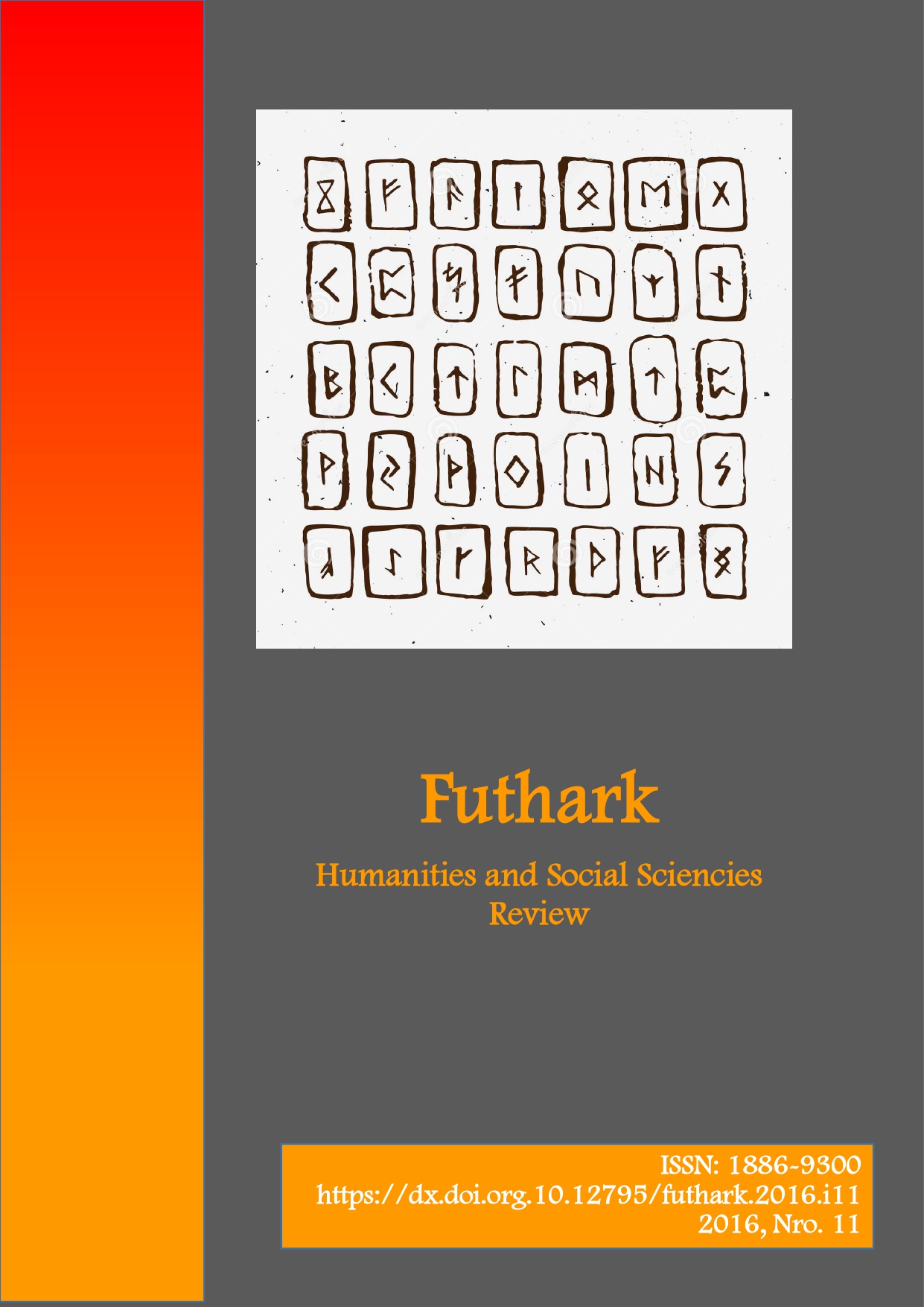From the Poet to the Pedant: Models and Counter- Models of Classical Learning in the Renaissance (eng)
Parole chiave:
Renaissance comedy, pedant, Petrarca, Cinquecento.Abstract
The figure of the pedante and its presence in Renaissance culture has been observed and analyzed principally by scholars and historians of 16th century theatrical production, who have delineated the contours of the largely unified character in terms of its physical and performative characteristics on the stage. After Arturo Graf’s discussion of the pedant in Renaissance comedy over 130 years ago, it is only in more recent times that theater scholars have turned their interest towards the character even though the wider cultural context and relevance of its appearance outside of the theater has not been adequately addressed. Nevertheless, the figure of the pedant can be seen as a site in which oppositional trends emerge for the development of the educational and cultural project of the age. In this paper I will discuss the figure of the pedant in relation to the fundamental idea of the humanist and its social role as had been developed by authors in the 14th and 15th centuries, beginning with the exemplar established by the recognized padre dell’ Umanesimo, Francesco Petrarca. The appearance and development of this character not only underscore a change in cultural and literary models, but they also become keys for understanding crucial socio-economic shifts of the Cinquecento.




